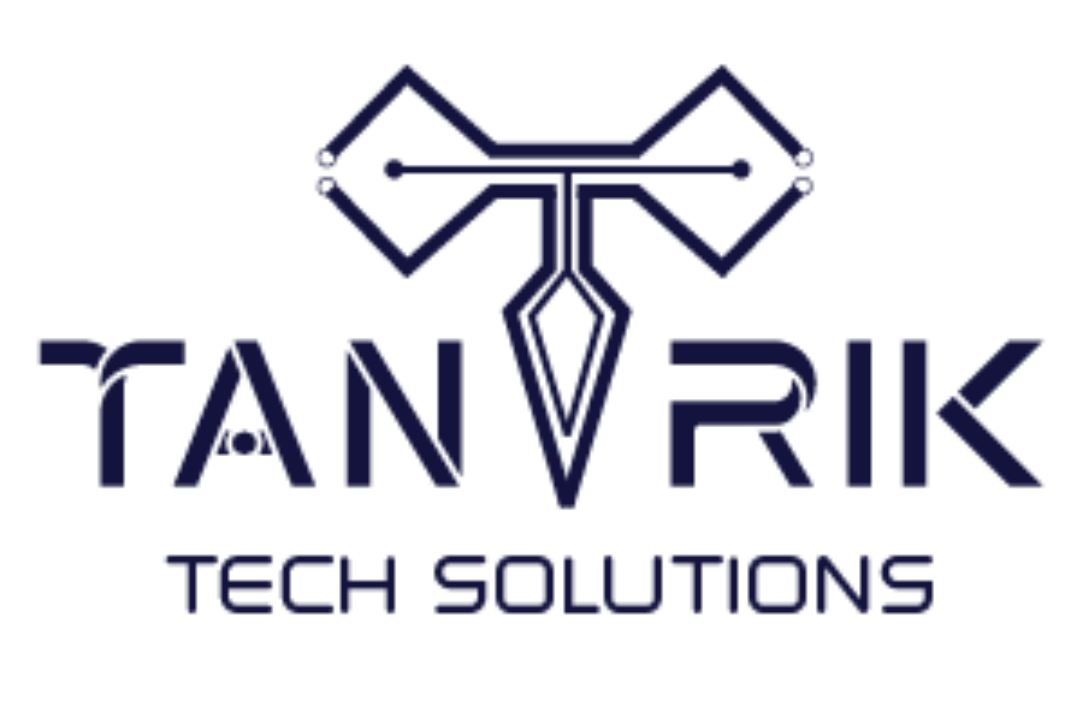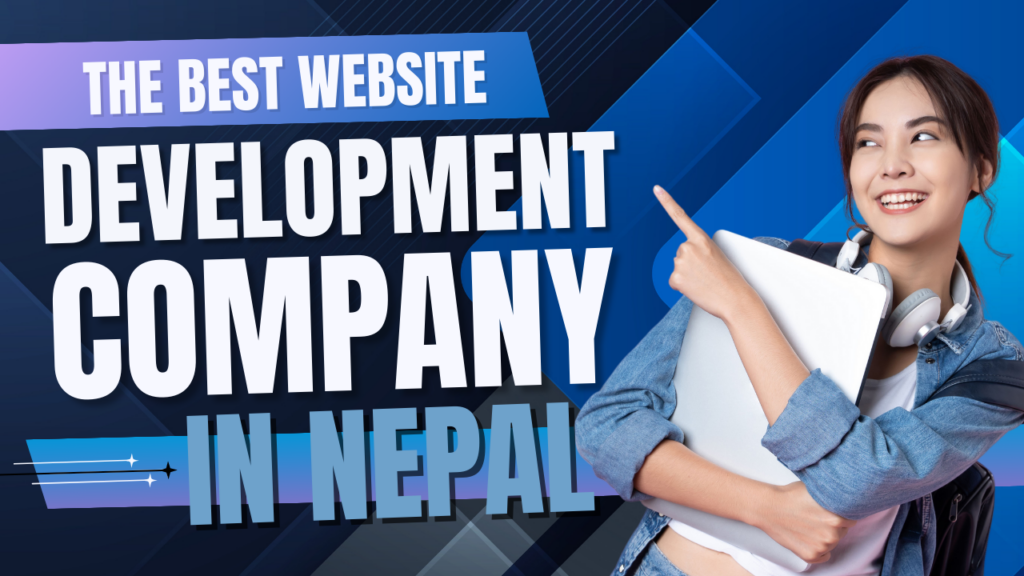Web development is a crucial step in establishing your business’s online presence, especially in today’s digital-first world.
Whether you’re a small startup or an established business in Nepal, having a well-developed website can be the game-changer for reaching a broader audience, generating leads, and building credibility.
Let’s dive deep into what web development is, why it matters to your business in Nepal, and how you can get started!
What is Web Development?
In simple terms, website development refers to the process of building and maintaining websites. This can involve anything from creating static web pages to developing fully interactive platforms where users can shop, engage, or even book services.
Web development generally consists of two key parts:
Frontend Development: This is what your users see and interact with on your website. Think of the layout, design, and user experience (UX). Languages like HTML, CSS, and JavaScript bring your vision to life, ensuring that your website not only looks good but also functions smoothly for your users.
Backend Development: This deals with the behind-the-scenes operations that make your website functional. It’s responsible for all the technical aspects that make everything work—from managing servers to handling databases and running applications. The backend is where the magic happens, ensuring your site functions seamlessly from the inside out.
Why is Web Development Important for Businesses in Nepal?
As a business owner in Nepal, you might be asking, “Why should I invest in web development?” The answer is simple: a well-designed, fully functional website can set your business apart from your competitors, attract more customers, and allow you to operate efficiently in an increasingly digital world.
Let’s break down 8 key benefits of web development for your business in Nepal:
Expand Beyond Borders
A website can take your business beyond geographical limitations. You’re not just limited to serving people in your local area; your website can attract customers from other regions in Nepal and even internationally.
24/7 Availability
Unlike physical stores, your website never “closes.” This means customers can interact with your business at any time, making it more convenient for them.
Build Trust and Credibility
In today’s market, customers expect legitimate businesses to have a website. A professional-looking site establishes trust and credibility in the eyes of potential customers.
Cost-Effective Marketing
Why spend big on traditional marketing like flyers or billboards when a website can do more for less? You can showcase your products and services at a fraction of the cost and reach a broader audience.
Improved Customer Service
Through features like live chat or a detailed FAQ section, you can provide better customer service, making it easier for your clients to find information and make decisions. Happy customer means better conversion rate!
Boost SEO and Visibility
A well-optimized website doesn’t just look good—it also ranks higher on search engines like Google. This makes you more visible to customers actively searching for what you offer.
Showcase Your Products/Services
Think of your website as a digital storefront. Potential customers can browse through your offerings, check prices, read details, and even place orders—all from the comfort of their home.
Leverage Data for Growth
With tools like Google Analytics, you get a clear picture of what’s working and what’s not. You can track visitor behavior, identify trends, and fine-tune your strategies to better meet your audience’s needs.
Statistics: The Impact of Websites on Local Businesses in Nepal
If you’re still not convinced about the power of a website, let’s look at some data that highlights its impact on local businesses in Nepal. The growing internet access and the shift in consumer behavior toward online platforms clearly show how having a website can significantly impact your business’s success in Nepal.
- Increase in Online Presence: According to a report by Nepal Telecommunications Authority, internet penetration in Nepal has reached 90.56%, meaning more than 90% of the population now has access to the internet .
- Rising E-commerce Trends: Statista noted that revenue in Nepal’s e-commerce market is expected to reach US$1,167.00m in 2024.
- Consumer Behavior: Studies from the Nepal Economic Forum reveal that by mid-2022, broadband penetration in Nepal surpassed 126%, with an increasing number of households gaining internet access. This surge reflects the growing digital connectivity and its influence on consumer behavior and trust in online businesses.
Static vs. Dynamic Websites: What Does Your Business Need?
Choosing between a static and dynamic website is one of the first decisions you’ll need to make when developing your business’s online presence. Let’s look at the differences:
Static Websites
These are simple, no-fuss websites with fixed content, meaning every visitor sees the same information each time they visit.
If you’re running a small business, like a cozy restaurant in Pokhara, and only need to showcase your menu, location, and contact details, a static website might be perfect. It’s quick to set up and loads fast, ensuring your customers can access the information they need with ease.
However, the downside is that you’ll need a developer to make any updates or changes, as the content isn’t designed to be user-editable.
Examples: Small Restaurants or Café, Portfolio Websites freelance designers or photographers, and Local Business Listings like Barber shops or salons.
Dynamic Websites
These are more advanced, changing the content based on user interactions or pulling data from a database.
If you’re managing something like an online store selling handicrafts from Kathmandu, a dynamic website would be a must. It allows you to manage product listings, handle orders, process payments, and even provide customer profiles or login features. While the functionality is robust, it comes with added complexity and development costs.
However, for a business looking to scale and engage more deeply with customers, the investment pays off in terms of flexibility and user experience.
Examples: E-commerce Platforms, News Portals like The Kathmandu Post
Tip: If your website is meant to be simple and informative, a static website might suffice. However, if you need user interaction, frequent updates, or data-driven features, a dynamic website is the way to go.
How to Start Website Development in Nepal (Step-by-Step Process)
So, you’re ready to take the leap and build a website for your business. But how exactly do you go about it? Here’s a step-by-step guide to help you through the process:
Determine Your Goals
Identify the purpose of your website. Is it for e-commerce? A blog? A service-based business? Defining your goals will help shape the direction of your website.
Choose a Domain Name
Your domain name is your website’s address (e.g., www.yourbusiness.com). Opt for something that’s easy to remember and relevant to your business.
Find a Hosting Provider
Web hosting is where your website files are stored. Popular providers in Nepal include AGM Web Hosting and Web Hosting Nepal. Choose a reliable one based on your website’s size and traffic needs.
Hire a Web Developer or Use a Website Builder
You can either hire a local web development company or use tools like Wix, WordPress, or Squarespace if you’re on a tight budget.
At Tantrik Tech Solutions, by understanding your needs, setting clear goals, and following the right steps, we can create a website that helps you stand out in the digital landscape.
Plan Your Website Structure
Decide how many pages your website needs (e.g., Home, About Us, Services, Contact). Sketch out a rough layout of how you want things to be arranged.
Design and Content Creation
Your website’s design should reflect your brand identity. Ensure you have high-quality visuals and compelling content that communicates your message effectively.
SEO Optimization
Ensure your website is SEO-friendly by optimizing your content, meta tags, and images to rank higher on search engines. This will help your site attract more visitors.
Test Your Website
Before launching, make sure to thoroughly test your site for bugs, broken links, and compatibility on various devices (mobile, tablet, desktop).
Launch and Maintain
Once everything is set up, it’s time to go live! However, remember that website maintenance is an ongoing process. Regularly update your content and features to keep your site fresh.
Most Frequently Asked Questions (FAQs)
How much does web development cost in Nepal?
Web development costs can vary significantly depending on the complexity of the site. For a basic static website, expect to pay between NPR 25,000 to NPR 50,000, while dynamic websites can range from NPR 75,000 to NPR 200,000 or more, depending on features.
Do I need a web developer, or can I create the site myself?
If you’re tech-savvy and have the time, you can build a website using DIY platforms like WordPress or Wix. However, for a more customized, professional look, hiring a professional web developer is highly recommended. At Tantrik Tech Solutions, our talented team is passionate about creating customized, high-performing websites designed to to boost your business’s unique presence and success!
How long does it take to build a website?
Building a basic website can take 2–4 weeks, while more complex dynamic websites may take 2–3 months, depending on the requirements. At Tantrik Tech Solutions, we’ll work closely with you to ensure the project meets your specific needs within a reasonable timeframe. Every site is unique, so we aim for quality while being mindful of your deadlines.
How can I make my website mobile-friendly?
Creating a mobile-friendly website is all about responsive design, which ensures that your site adapts seamlessly to any screen size. Our team at Tantrik Tech Solutions specializes in building responsive websites that retain both functionality and aesthetic appeal on mobile devices.
What legal aspects should I consider when developing a website in Nepal?
When developing a website in Nepal, it’s crucial to adhere to local regulations and international best practices if you’re collecting customer data. Also, consider legal requirements for online payments if you’re running an e-commerce site. At Tantrik Tech Solutions, we guide you through these legalities, making sure your site complies with Nepalese laws and international standards.
Conclusion
A website isn’t just an option; it’s your gateway to growth, credibility, and success in competitive landscape.
Whether you need a sleek, informative website or a dynamic, feature-rich platform, Tantrik Tech Solutions ensures that every aspect of your site is optimized for performance, user experience, and growth. With us, you’re not just getting a website—you’re getting a powerful tool that enhances your digital presence and drives success.
If you wish to learn more about the latest Website Development Trends for 2024, don’t miss our other blog post!




